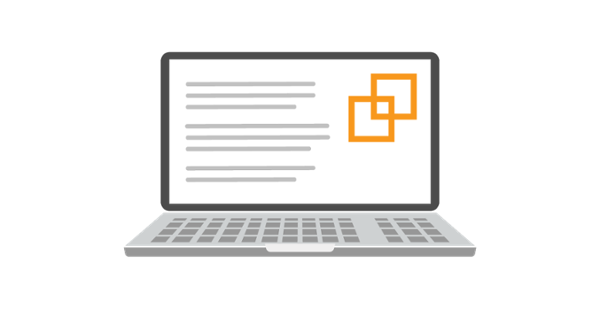In this installment of his interview series, Jay Leib—resident computer-assisted review expert at Relativity—discusses big data and the future of computer-assisted review with Tom Thompson, trial lawyer at DLA Piper. Tom is the Chicago lead for the firm’s electronic discovery readiness and response group. He also serves as co-chair of the technology subcommittee on the Seventh Circuit Electronic Discovery Pilot Program.
Please note that the views and opinions expressed in this article belong to Tom Thompson and do not necessarily reflect DLA Piper.
Jay: Tell us a bit about yourself and the Seventh Circuit Electronic Discovery Pilot Program.
Tom: I’m a trial lawyer who has effectively grown up with e-discovery. I’m tapped to focus on e-discovery questions at the firm where, in Chicago, I lead our e-discovery readiness and response group.
The Electronic Discovery Pilot Program started in 2009 under Chief Judge Holderman and former Magistrate Judge Nan Nolan, with a focus on fixing what was wrong with e-discovery. The founders saw the challenges and expenses faced by litigants and realized that something needed to be done, so they brought together some thought leaders, created a set of principles, and away we went.
We’re in our third phase of the program, and some exciting things are going on. For example, we’re rolling out an e-mediation program, which is focused on mediation for electronic discovery disputes.
We’ve seen a lot of growth in the use of computer-assisted review over the last 18 months. What do you think has sparked this adoption rate in the industry?
I think it’s about the comfort level. In Da Silva Moore, Judge Peck provided the first judicial approval of the technology in appropriate cases. That, I believe, lifted one of the primary impediments to the use of computer-assisted review, which was simple uncertainty about the courts’ approval. Judge Peck opened the door and since that time, we’ve had other cases—Global Aerospace comes to mind—where the courts have given a nod to the technology.
Given the way judges are migrating toward computer-assisted review, how do you see the e-discovery evolving in the near future?
I think we’ll continue to see a triangle developing, involving the client, the trial team, and the service provider working together to help sort through the documents in a case and meet any e-discovery compliance obligations as effectively as possible.
The trial team will want to identify the hottest documents as quickly as possible. To a certain extent, you can measure qualitative effectiveness by looking at how quickly you identify the ultimate deposition or trial exhibits that are used in the case. That’s a good way to introduce some of the more advanced technologies we have at our disposal today. The legal industry is really ramping up its use of technology, and I think that will continue.
As a practitioner, what do you think about the industry conversation comparing keyword searching and computer-assisted review?
That’s an interesting question. We’ve known as an industry that keywords are remarkably ineffective if not used appropriately. Computer-assisted review adds a new element to the mix because it will catch, theoretically, those responsive documents that represent an imperfect use of keywords. However, using a keyword filter at the beginning of a project can dramatically reduce the number of records processed by the engine.
That workflow may change over time, and I think there’s an important point to emphasize: neither keywords nor computer-assisted review will always be the right tool. There are many different types of electronic data, and these workflows are best used when you have a repository of unclassified data, like a massive inbox. However, they won’t necessarily be useful for other types of electronic data stores, such as a database of images. The use of both technologies is really dependent on the context and data set of each case.
Do you think corporations can use computer-assisted review technology for information governance as well as e-discovery?
I think we’ll get there. It's not widespread now, but some of the more heavily regulated industries have been using similar technologies for records classification for years. Thinking as practitioners in e-discovery, computer-assisted review technology is something that can be of great benefit in the reactive space of litigation and investigations. At some point, we’ll see a shift as the technology moves to the left side of the EDRM and companies are able to leverage it proactively, reducing the huge amounts of data they retain.
If data continues to explode on the left side, what happens on the right will also grow. That’s where information governance plays a key role. If an organization employs techniques that make records easily identifiable and reduce what is actually retained on an ongoing basis, they’ll have a smaller mountain to climb in litigation. Of course, they should still keep what they’ll need down the line. That balance is the ultimate goal










